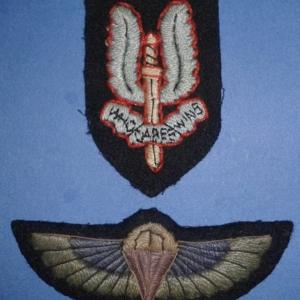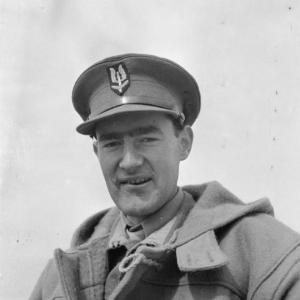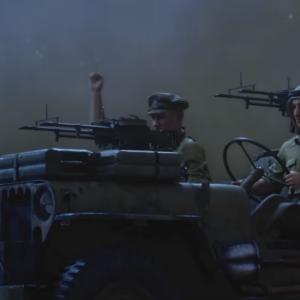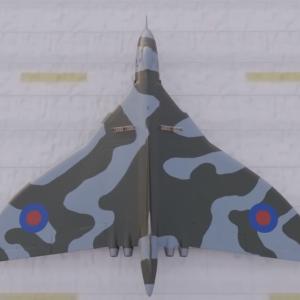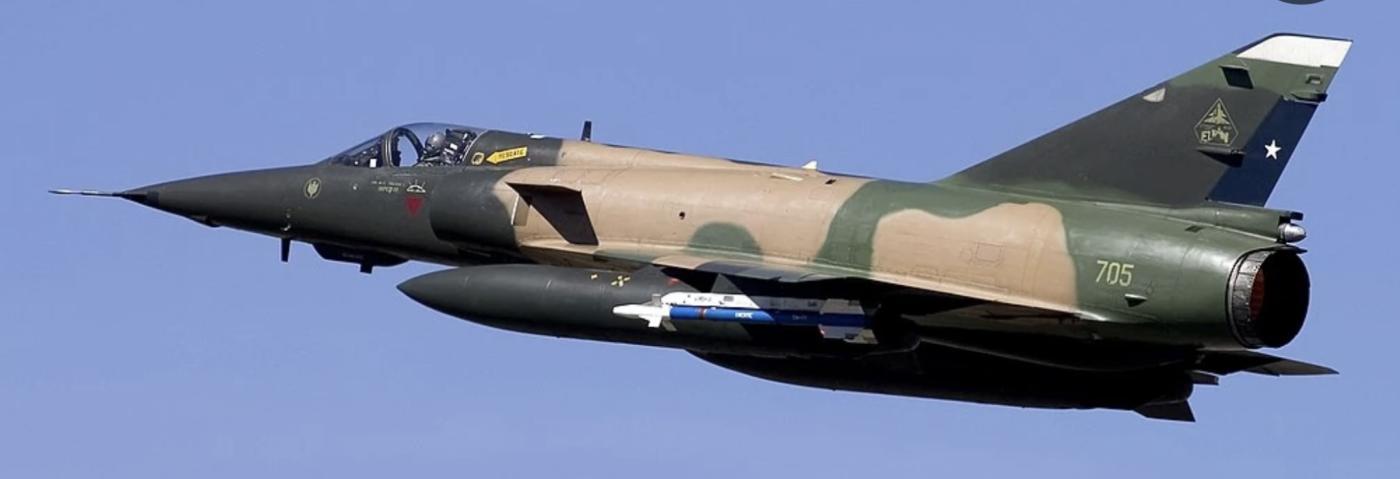
Argentinian Mirage jets
Argentina operated the Dassault Mirage IIIEA during the 1982 Falklands War as one of its main combat aircraft. The Mirage IIIEA was a French-designed delta-wing interceptor introduced into the Argentine Air Force in the early 1970s. Argentina’s fleet also included two-seat Mirage IIIDA trainers and Israeli-built Nesher fighters derived from the Mirage design. The Mirage IIIEA was primarily intended for high-speed interception and air superiority roles, featuring advanced avionics and weapon systems for the time. During the conflict, Argentine Mirages were based mainly at airfields on the mainland, such as Comodoro Rivadavia and Río Gallegos, to maximize their operational reach. Despite their advanced design, these aircraft faced significant operational challenges, mainly because the Falklands were located approximately 380 miles offshore, placing most targets near or beyond the aircraft's effective combat radius. This limitation severely restricted the time Mirages could spend over the combat area, even when fitted with external fuel tanks, reducing their effectiveness for prolonged missions.
The Mirage IIIEA was armed with a combination of air-to-air missiles and internal cannon armament. The primary missile was the Matra R530, a medium-range semi-active radar-guided missile capable of engaging targets at several kilometers, supplemented by two Matra R550 Magic short-range infrared-guided missiles designed for dogfight engagements. Additionally, the aircraft was equipped with two 30mm DEFA 552 cannons for close-range combat and strafing. The Mirages could also carry conventional bombs, typically four 250-kilogram general-purpose bombs, though this capability was limited by their payload and fuel requirements. The aircraft’s weaponry reflected a multi-role capacity, though its operational focus during the Falklands was largely on air defense and interception.
In combat, Argentine Mirages were tasked with intercepting British air raids and protecting key airspace over the islands and surrounding waters. They engaged in high-altitude patrols to detect and challenge British Vulcan bombers or Royal Navy strike aircraft such as the Sea Harrier. The Mirages’ presence required the British to commit significant resources to defensive combat air patrols. However, the Sea Harrier’s superior maneuverability, advanced radar, and AIM-9L Sidewinder missiles often gave the British an advantage in dogfights. Argentine Mirages encountered Sea Harriers on several occasions, resulting in losses on the Argentine side, including confirmed shootdowns of two Mirage IIIEAs. Despite these setbacks, the Mirages fulfilled an important diversionary role by drawing British fighters away from low-flying strike aircraft such as the A-4 Skyhawk and Super Étendard, which were tasked with attacking British naval forces.
The Mirage’s limited endurance over the Falklands was a critical constraint, as aircraft could only remain in the battle zone for a matter of minutes before needing to return to base. This restriction necessitated careful mission planning and often required Mirages to operate in concert with aerial refueling support or rely on forward bases. Argentine commanders utilized Mirages mainly to provide high-altitude cover and to deter or delay British air operations, rather than mounting sustained ground attack campaigns. While Mirage IIIEAs did conduct some bombing missions, these were limited by the aircraft’s payload and operational range and were generally overshadowed by other strike aircraft in the Argentine inventory.
Overall, the Mirage IIIEA played a strategic yet limited role in the Falklands War. Its advanced weapon systems and speed made it a credible threat, but its operational environment and logistical constraints hindered its full potential. The combination of missile armament and cannons provided flexible engagement options, yet the effectiveness of these weapons was reduced by the need to conserve fuel and the challenges posed by British air superiority tactics. The Mirages’ impact was felt more through the need they imposed on British defensive planning and the distractions they created than through direct combat successes or significant damage inflicted on British forces.
In summary, the Argentine Mirage IIIEA was a technologically capable interceptor that faced severe limitations due to range and payload constraints in the Falklands conflict. Armed with Matra R530 and R550 missiles alongside 30mm cannons and capable of carrying conventional bombs, it served primarily in an air defense and diversionary capacity. Despite losing aircraft to British Sea Harriers and being unable to conduct extensive strike operations, the Mirage contributed to Argentina’s overall air strategy by challenging British airspace and forcing adjustments in Royal Navy tactics. Its role demonstrated the difficulties of deploying high-performance interceptors in distant conflict zones without adequate logistical support.

